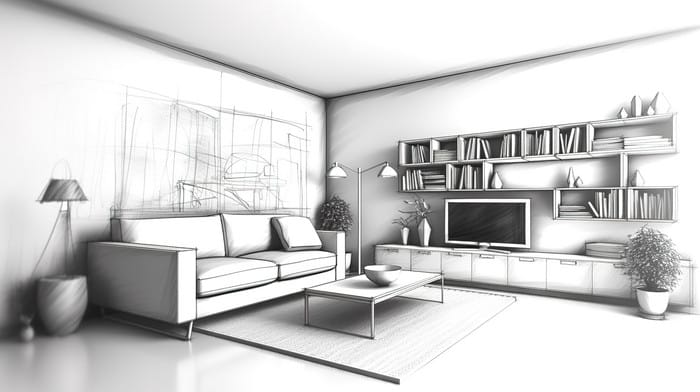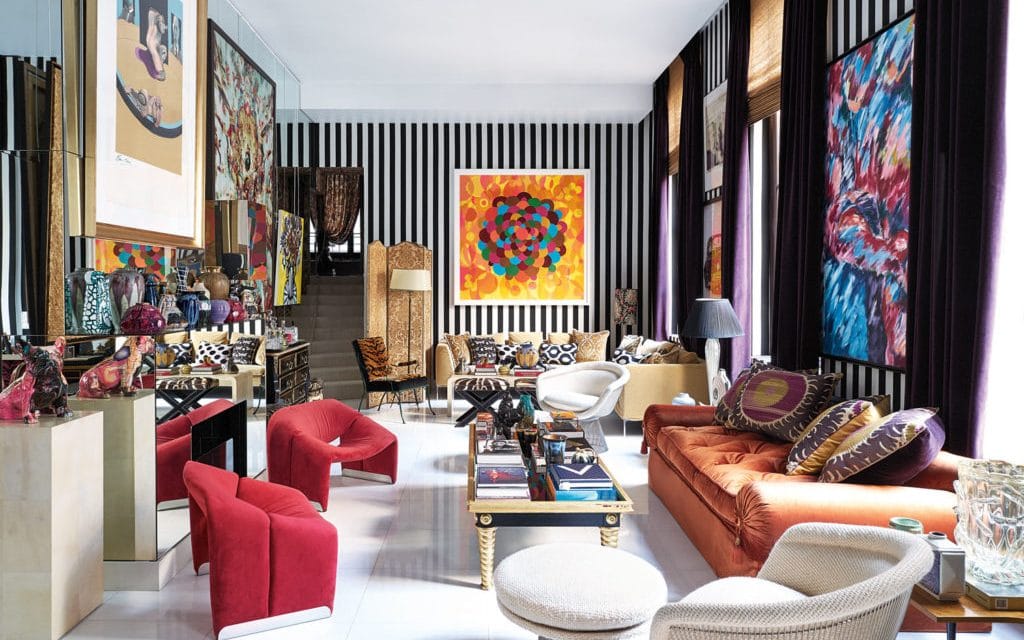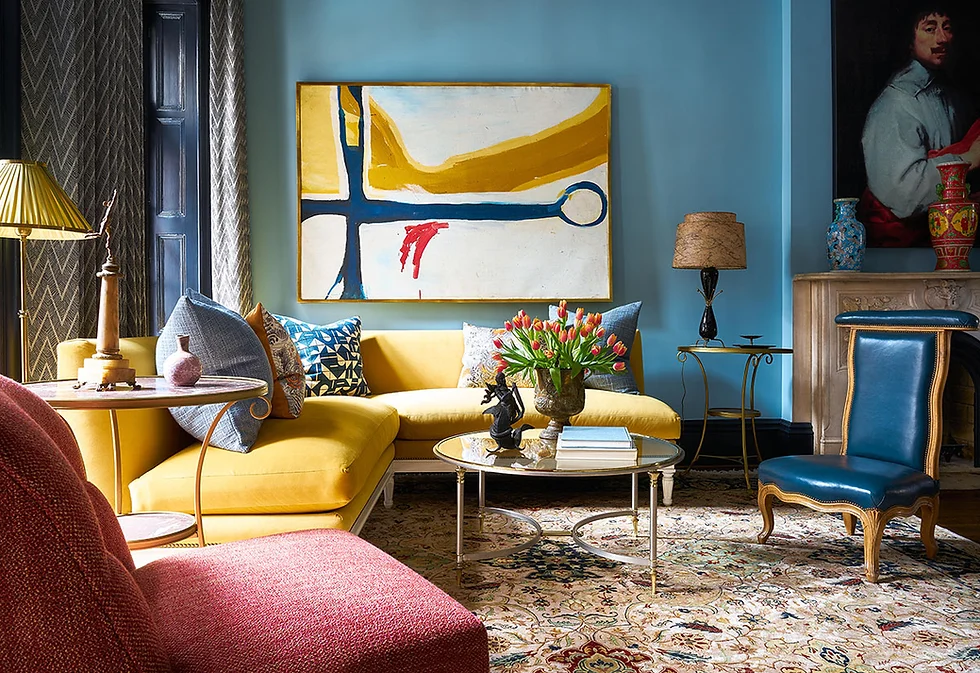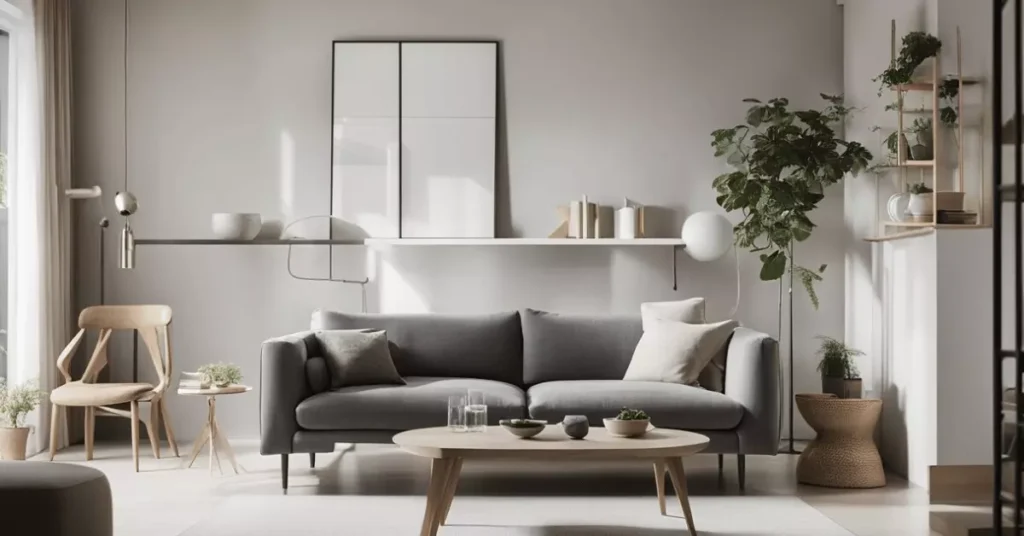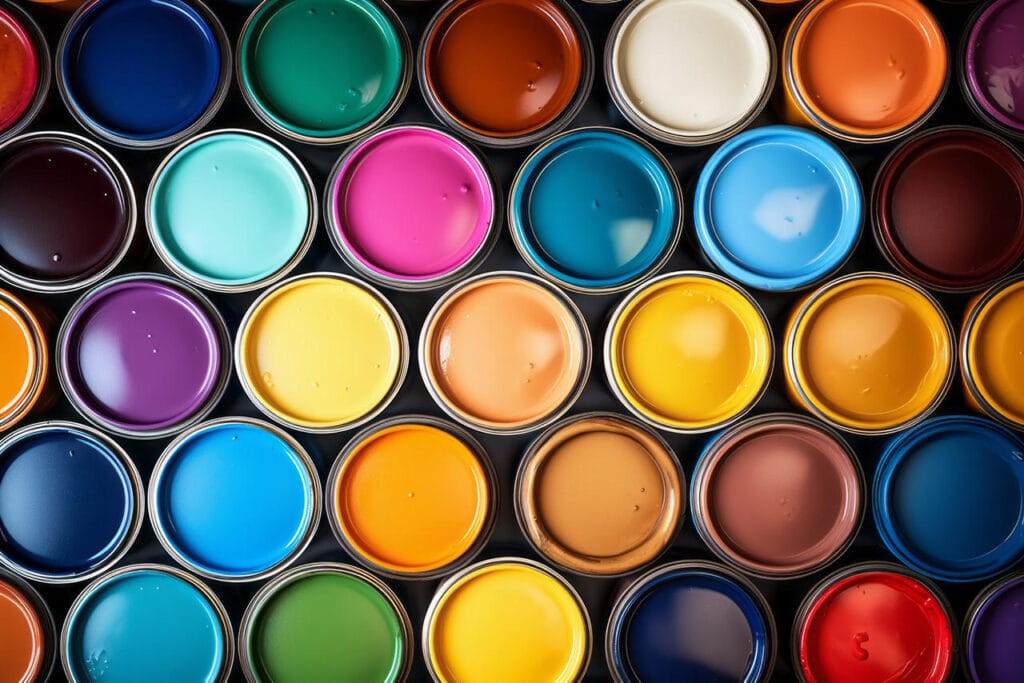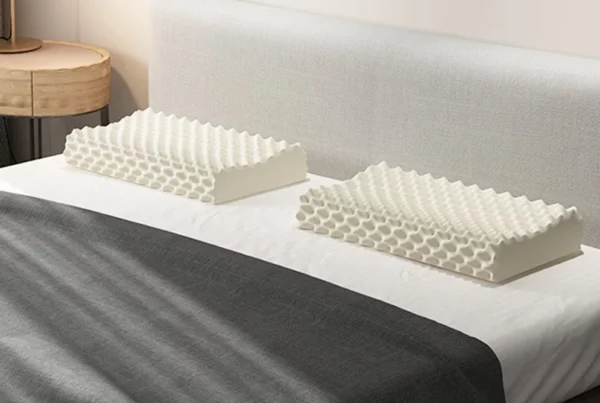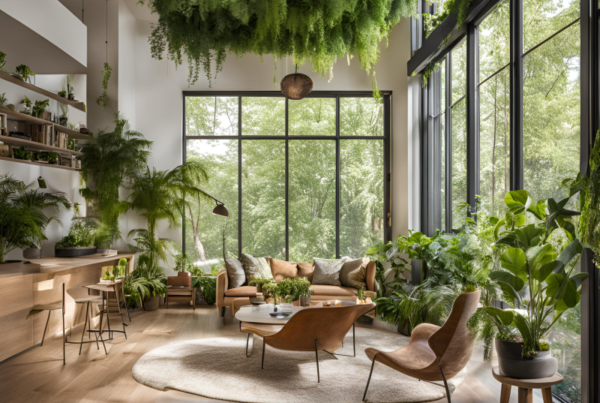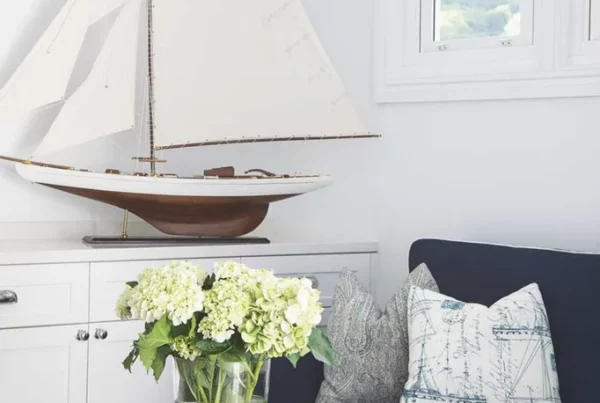Creating a home that reflects your personal style while also fostering a sense of comfort and functionality can be challenging. This article offers practical strategies to help you implement your unique style in your living space, combining aesthetics with sustainability and functionality. By exploring techniques for organizing your environment, selecting colors and textures that resonate with you, and incorporating eco-friendly practices, you’ll be equipped to create a home that not only looks good but also feels good, supporting your overall well-being. Let’s delve into actionable steps to transform your space into a true reflection of you.
Table of Contents
Understanding Your Personal Style
Personal style is not merely about aesthetics; it is a reflection of your identity, values, and what makes your living space feel like home. Understanding your personal style is crucial for creating a space that resonates with who you are and how you wish to live. This journey of exploring your style can be both enlightening and fun, allowing you to infuse your environment with inspiration and joy.
Exploring the Fundamentals of Personal Style
Your personal style is shaped by a blend of your experiences, preferences, and influences. To help you discover and refine your unique aesthetic, consider the following aspects:
- Inspirations: Look at things that draw you in; it could be art, architecture, or even nature. Collect images, articles, or quotes that resonate with you and start to notice patterns in what you love.
- Values: Reflect on what matters most to you. Is sustainability a priority? Do you value comfort over trends? Understanding your core values will help you create a space that is truly reflective of you.
- Emotional Connections: Consider how different colors, textures, and styles make you feel. Spaces can evoke emotions, so leverage your feelings to guide your choices. For instance, warm tones might foster coziness, while cool colors can promote calmness.
Identifying Your Style through Self-Assessment
A self-assessment is an effective way to pinpoint your personal style. Start by asking yourself some guiding questions:
- What colors do I gravitate towards? List your favorite hues and how they make you feel.
- Which materials do I prefer? Think about fabrics, woods, metals, and finishes that you find appealing.
- What settings do I find most fulfilling? Consider the environments you love, whether it’s minimalistic spaces, bohemian aesthetics, or classic elegance.
Gathering this data through self-reflection can create a foundational “mood board” to visually express your style preferences. You can utilize platforms like Pinterest to compile a digital collage of inspirations, helping you visualize your ideal space.
Putting Your Personal Style into Practice
Once you have a better grasp of your style, the next step is to implement it in your home. Here are strategic ways to bring your style to life:
- Curate Your Space: Choose furniture and decor that align with your newfound style insights. Consider statements pieces that showcase your personality but also serve practical purposes.
- Mix and Match: Don’t hesitate to blend various styles. You can incorporate vintage finds with contemporary designs for a more layered and unique aesthetic that tells your story.
- Limit Clutter: Keep your space tidy by only surrounding yourself with items that bring you joy. Each piece should either serve a function or hold significant meaning.
Common Styles and How They Reflect Different Personalities
Understanding some common design styles can further aid you in finding what speaks to you:
- Minimalist: Characterized by simplicity and function, minimalists prefer uncluttered spaces that promote tranquility.
- Bohemian: This style embraces eclecticism, with vibrant colors, varied patterns, and a free-spirited approach to interior design.
- Industrial: Drawing inspiration from warehouses and factories, industrial design features raw elements such as exposed brick and metal fixtures, creating a modern and urban vibe.
As you explore these styles, remember that they can coexist and evolve. Your personal style is not static; it grows with you over time.
Embrace Your Evolution
Your personal style will inevitably change as your life experiences shape you. Be open to transformation and allow your environment to reflect your current self. Whether through new acquisitions or slight tweaks in decor, embracing these changes affirms the dynamic nature of personal style.
Additionally, trends may come and go, but authenticity remains timeless. For an in-depth look at how to navigate such trends while staying true to your essence, consider reading this insightful article on creating meaningful spaces. Understanding your personal style not only enriches your home but enhances your overall well-being by fostering a sense of belonging and comfort that is distinctly yours.
Incorporating Sustainable Practices
As we strive towards a more environmentally conscious world, incorporating sustainable practices into our daily lives and spaces becomes crucial. Whether you’re renovating your home, redecorating a room, or simply looking to make more eco-friendly choices, sustainability can seamlessly blend with style and functionality. In this section, we will explore how to enhance your living environment while making a positive impact on the planet.
Understanding Sustainability in Interior Design
Sustainable interior design focuses on minimizing environmental impact while maximizing comfort and aesthetics. It encompasses various elements, including materials, resources, and the lifecycle of products used in your living space. Key principles include:
- Resource Efficiency: Using materials that are renewable, recycled, or repurposed to minimize waste.
- Indoor Air Quality: Choosing low-VOC paints, finishes, and furnishings to promote healthy living conditions.
- Energy Efficiency: Incorporating design strategies that reduce energy consumption, such as natural lighting, solar panels, and energy-efficient appliances.
Choosing Eco-Friendly Materials
One of the most significant ways to promote sustainability in your home is by choosing eco-friendly materials. Here are some options to consider:
- Bamboo: A fast-growing plant that makes an excellent alternative to hardwood. It is durable, lightweight, and adds a natural aesthetic to interiors.
- Reclaimed Wood: Utilizing salvaged wood not only reduces deforestation but also adds character and history to your space. Items made from reclaimed wood can range from furniture to flooring.
- Natural Fabrics: Opt for organic cotton, linen, or hemp for cushions, curtains, and upholstery. These materials are biodegradable and often produced without harmful pesticides.
Embracing Upcycling and DIY Projects
Upcycling is a creative way to give new life to old items while minimizing waste. Not only is it sustainable, but it also allows for unique customization in your home. Here are some inspiring ideas:
- Furniture Restoration: Instead of discarding old furniture, consider refinishing or repainting it to match your current decor.
- Repurposed Decor: Turn vintage suitcases into stylish storage pieces or transform old glass jars into charming light fixtures.
- Diy Planters: Use discarded wooden crates or tin cans to create unique planter boxes for indoor or outdoor plants.
Energy Conservation Tips
Maximizing energy efficiency in your home is another vital aspect of sustainable living. Here are some simple yet effective strategies:
- LED Lighting: Replace traditional bulbs with energy-efficient LED options that consume less power and last longer.
- Smart Thermostats: Invest in smart technology to help manage heating and cooling, which can significantly reduce energy waste.
- Insulation: Ensure your home is properly insulated to maintain temperature and cut down on energy bills.
Building a Green Lifestyle
Incorporating sustainability extends beyond just design and materials. It encompasses how you function within your space. Consider these lifestyle changes:
- Mindful Consumption: Be intentional about what you buy, choosing quality over quantity and supporting eco-conscious brands.
- Waste Reduction: Implement a compost system for organic waste and recycle whenever possible.
- Green Cleaning Products: Use environmentally friendly cleaning solutions to maintain a healthy home.
Resources for Sustainable Living
For those looking to dive deeper into sustainable practices, ample resources are available online. Websites like Green Building Advisor provide valuable insights and tips on eco-friendly building and renovation.
Incorporating sustainable practices into your home design and lifestyle is an enriching endeavor that not only enhances your space but also contributes positively to the environment. As you transition to a more sustainable way of living, you will discover how impactful each small change can be, shaping a healthier planet for future generations.
Creating Functional and Serene Spaces
In today’s fast-paced world, creating a home environment that is both functional and serene is essential for mental well-being and productivity. A well-designed space can serve as a sanctuary that fosters peace while catering to everyday needs. Below are several strategies to achieve this delicate balance.
1. Prioritize Clarity and Organization
One of the first steps to creating a functional and serene space is to prioritize clarity and organization. A cluttered environment can easily lead to a cluttered mind. To enhance the serenity of your home, consider implementing the following:
- Declutter Regularly: Identify and remove items that do not serve a purpose or bring you joy. This practice not only frees physical space but also promotes mental clarity.
- Smart Storage Solutions: Invest in furniture that doubles as storage, such as ottomans or bed frames with built-in drawers. This reduces visible clutter while maintaining functionality.
- Zoning: Divide your space into zones for different activities (work, relaxation, or socialization). This can improve focus and tranquility by clearly defining where specific activities occur.
2. Choose Calming Colors and Textures
The colors and textures within your space can significantly influence your mood. To create a peaceful ambiance, choose a palette of calming colors such as soft blues, greens, and warm neutrals. Here’s how to integrate these colors effectively:
- Accent Walls: Consider painting one wall in a serene hue or using peel-and-stick wallpaper for a quick update.
- Textured Elements: Incorporate various textures through cushions, throws, and rugs made from natural materials like cotton or wool. These elements add comfort and warmth to the room.
- Nature-Inspired Decor: Adding plants or nature-inspired artwork can enhance serenity, creating a connection between indoor spaces and the tranquility of nature.
3. Allow Natural Light to Flood In
Natural light is a cornerstone of serene spaces. It uplifts spirits and enhances productivity. Here’s how you can maximize natural light:
- Sheer Window Treatments: Opt for sheer curtains that allow sunlight to filter through while maintaining privacy.
- Mirrors: Strategically placed mirrors can reflect light and make spaces feel larger and more open.
- Skylights: If possible, consider installing skylights to bring in an abundance of natural light.
4. Curate Functional Furniture
Your choice of furniture can drastically impact the functionality of your space. Select multi-functional pieces that cater to your needs while promoting a sense of calm:
- Modular Furniture: Invest in modular sofas or shelving units that you can rearrange according to your needs.
- Minimalist Design: Opt for furniture with clean lines and minimal embellishments to create a more open and airy environment.
- Comfortable Seating: Ensure that seating arrangements are comfortable and conducive for both relaxation and productivity, whether you’re unwinding with a book or working from home.
5. Infuse Your Space with Personal Touches
Serenity in a home comes not just from visual aesthetics but also from personal connections. Incorporate items that reflect your style and values:
- Meaningful Art: Display artwork that resonates with you, whether it’s family photos, local art, or pieces that ignite fond memories.
- Souvenirs and Travel Mementos: Incorporate items from travels that remind you of special experiences, creating a comforting and inviting atmosphere.
- Books and Hobbies: Create a small reading nook or display hobby-related items that inspire you. These elements enrich your living area with personality.
By focusing on these critical elements, you can create spaces that not only function well for daily tasks but also act as serene retreats from the outside world. For more insights into achieving tranquility in your home, consider exploring resources from Apartment Therapy, a trusted source for home decor inspiration and organizational tips.
Bringing Joy with Color and Texture
In the realm of interior design, the effective use of color and texture can significantly influence the mood and character of your living space. These elements not only elevate the aesthetic appeal but also create an emotional ambiance that resonates with your personal experiences and aspirations. Let’s explore how you can skillfully incorporate color and texture to bring joy into your home.
The Psychological Impact of Color
Color is more than just a visual aspect; it has a profound psychological impact. Different hues can evoke various emotions and responses. For instance, warm colors like reds, oranges, and yellows often create a sense of energy and warmth, making them perfect for social spaces such as living rooms and kitchens. On the other hand, cool colors like blues and greens tend to promote tranquility and relaxation, ideal for bedrooms and meditation areas.
- Red: Stimulates excitement and energy.
- Blue: Induces calmness and helps reduce stress.
- Yellow: Evokes happiness and cheerfulness.
- Green: Represents nature and promotes harmony.
Consider employing an accent wall painted in a vibrant color or integrating colorful accessories to add a pop of personality to more subdued spaces. The strategic use of color can not only heighten joy but also guide the viewer’s eye through a room, enhancing the overall layout and design.
Texture: The Hidden Joy
While color often takes center stage in design discussions, texture serves as the unsung hero, providing depth and tactile richness to a space. Textures can be layered to create a multi-dimensional feel that elevates the comfort level of your home. Here are some effective ways to incorporate texture:
- Soft Fabrics: Use plush rugs, knitted throws, and soft cushions to add a welcoming feel.
- Natural Materials: Incorporate wood, stone, and plants to create an organic ambiance that fosters well-being.
- Patterned Surfaces: Consider textured wallpaper or art pieces that provoke curiosity and enhance the creative atmosphere.
By mixing and matching materials such as silk, velvet, linen, and jute, you create an inviting environment that encourages interaction and connection among family and guests. Adding layers of texture can also bring a sense of nostalgia, making spaces feel warm and lived-in.
Creating Harmonious Combinations
When creating an artistic space, consider the combination of both color and texture. Here are a few harmonious combinations to inspire your design:
- Colorful Textiles and Natural Woods: Pairing bright textiles with wooden furniture brings an earthy yet playful feel.
- Soft Pastels with Metallic Accents: Combine gentle colors with metallic items for an elegant yet cheerful atmosphere.
- Bold Patterns with Neutral Backdrops: Use vibrant, patterned pieces against neutral walls to make a striking focal point.
The key to successful color and texture combinations lies in balance. A carefully curated blend can amplify joy and transform any space into a cheerful retreat.
Conclusion
In conclusion, the thoughtful application of color and texture can profoundly enhance the joyfulness of your home environment. With these elements, you don’t just design for aesthetics; you create a sanctuary that reflects your personality and brings happiness to everyday living. For deeper insights on creating emotional spaces, consider exploring articles on design inspiration from seasoned experts.

This article emphasizes the importance of personal style and sustainability in interior design, urging readers to curate their spaces by selecting furniture and decor that reflect their personality while minimizing clutter. It highlights key design styles—such as minimalist, bohemian, and industrial—that can guide personal expression and suggests utilizing platforms like Pinterest for inspiration.
To incorporate sustainability, the article recommends using eco-friendly materials, embracing upcycling, and practicing energy conservation through strategies like LED lighting or insulation improvements. Additionally, it underscores the psychological impact of color and texture, advocating for a harmonious blend that enhances mood and promotes a serene living environment. Embracing these principles can help create a functional, aesthetically pleasing home that resonates with individual values and contributes positively to the planet.


